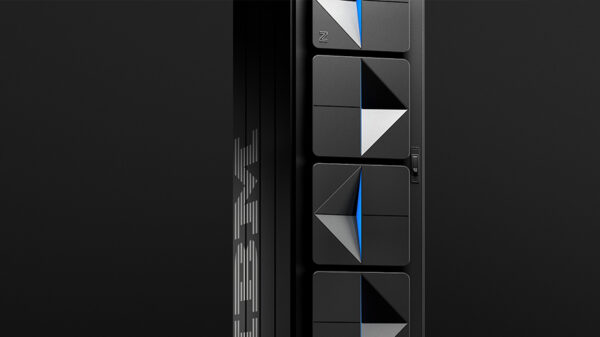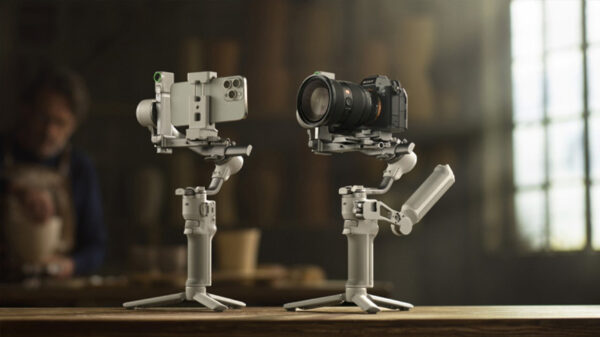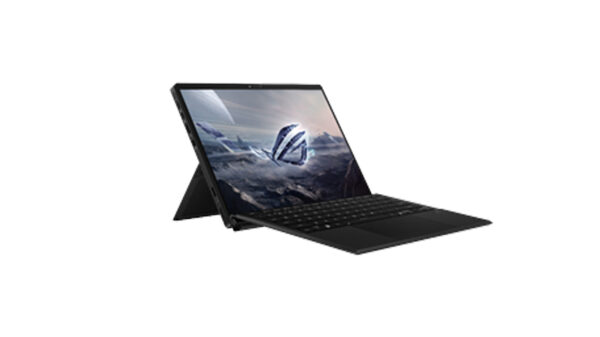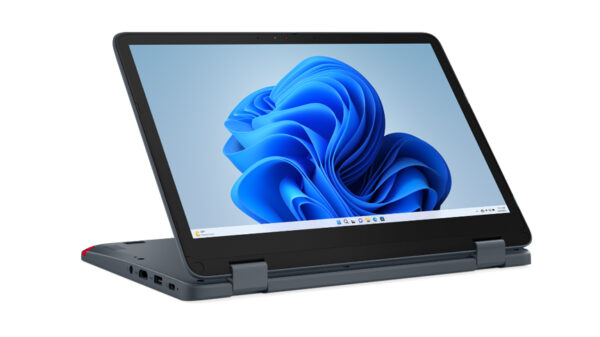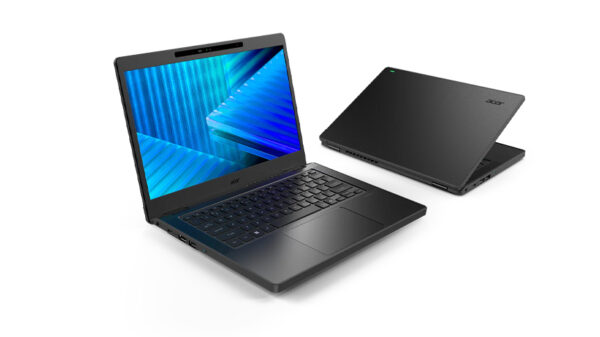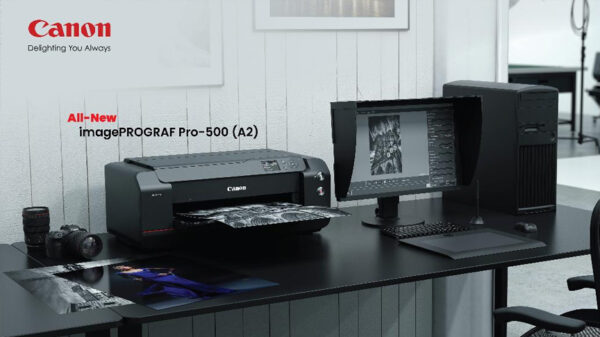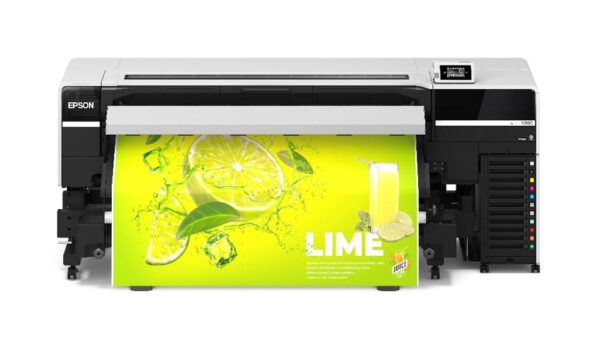Driven by customer touchpoints and improved after-sales support, Fujifilm Philippines, a photographic imaging solutions provider, has registered improvements in its business operations in the last five years, reporting an average growth rate of 146% in revenues.
Tomoyuki Fukura, president at Fujifilm Philippines, claimed they prioritize the provision of service and technical support after customers purchase their products. Fujifilm has its own repair center for digital cameras in the imaging segment and endoscopy in the medical systems in the Philippines.
“In this repair center, we deliver faster repair time which contributes to consumer satisfaction. We also have more service teams than sales teams which show how much we prioritize and support our customers,” said Fukura.
Fukura also said that Fujifilm prioritizes customer touchpoints to easily get feedbacks from clients which give them the opportunity to improve their products. The company does this through the deployment of more sales and service personnel to serve customers in Cebu and Davao, in addition to Manila office. For camera segment, they deploy up to 70 brand promoters in shopping malls to communicate their products to customers. They also conduct shooting events, and camera workshops.
The company is also committed to assemble leading-edge technologies and products to satisfy their customers. “It’s not only high-quality products that we can provide, our products should also be consistent otherwise customers will not be satisfied. That’s one of our important DNA for our company because of the nature of our digital products,” Fukura said.
Fujifilm’s products are the result of the company’s continued investment in research and development, which comprises 6% to 8% of revenues.
Fukura shared that for this year, the company is targeting a 125% growth in revenues. Company revenues are distributed as follows: 40% for cameras, 30% for medical systems, 20% for photography, and 10% for graphics. All business segments are growing but the fastest growing are instant cameras or the entry-level cameras and medical systems.
Fujifilm is primarily associated with photographic films and cameras, but in reality, it is only one of company’s product lines, apart from document and graphics solutions and healthcare products. The company invests in medical systems including ultrasound, endoscopy, mammography, x-ray systems and other medical devices because they see this segment as one of its growing areas.
Fukura said that through these medical systems, Fujifilm is currently serving major hospitals such as Philippine General Hospital, Cardinal Santos General Hospital, Chinese General Hospital, East Avenue Medical Center, Makati Medical Center, St. Luke’s Medical Center, Manila Doctors, UERM, to name a few. Besides, the company’s Computed Radiography solution has more than 300 installations nationwide. Big hospitals have started introducing this equipment to their patients.
To help address the coverage of prevention, diagnose, and treatment and serve more its customers, Fujifilm produces advanced medical systems which can provide faster processing. For example, instead of using the traditional x-ray film which takes about 180 seconds from exposure to the dark room processing before the film is brought to the doctor, the Computed Radiography, which takes 100 seconds to process, can be used.
There is also a more advanced system which Fujifilm calls as ‘Digital Radiography’ that immediately after the exposure, the image will go to the display in only one to two seconds.
“With this new technology, patients need not wait too long and hospitals can see more patients in the same day. That way, we can contribute to both hospitals and patients,” said Fukura.
On the imaging segment, Fukura said the entry-level camera is mostly contributing to Fujifilm’s market share. At the same time, they deliver the value of the high-end camera together with the value of lens so customers can have the choice if they want to upgrade to higher level.




